Ricardo Santamaría – Biography
born 1920 in Zaragoza-Aragón (Spain) / died 2013 in Southern France.
1940s: studies at the “Escuela de Artes y Oficios” in Zaragoza –
Santamaría proves his versatile skills as a conservator-restorer (e.g. of Gothic mosaics), gilder and sculptor.
In the 1960s the artist is determined to shake up the rigid society of the post-war years (Manifiesto de Riglos).
He is also a founding member of the “Grupo Zaragoza”.
In his work as an artist Ricardo Santamaría passes through Figurative, Realist, Late Impressionist and Neocubist stages before settling on Abstract Art.
Following an extended confrontation with the Francoist regime, during which he even received anonymous threats at his home address, Santamaría decides that he can no longer tolerate the Spanish government’s massive control of the national art scene and moves to France in the late 1960s.
He plays a key role in the founding of the “Grupo Zaragoza” in the 1960s, an interdisciplinary art movement that also integrates theatre, music, cinematography, etc. In accordance with this spirit, Santamaría works not only as a sculptor but also creates so-called “esculto-pinturas”, which strive to combine the art forms of sculpting and painting. The artist also experiments with different materials.
This approach is revolutionary for the time and is therefore naturally regarded as politically suspicious in Fascist Spain.
The following four concepts are of central significance for Santamaría’s artistic oeuvre:
1. freedom as an essential prerequisite for any form of creativity
2. experimental art forms
3. transcendence
4. ethical responsibility
Spirituality is also a crucial aspect of his way of thinking. The artist is strongly influenced by the spiritual “Mudéjar” culture, which is based on authentic abstraction (to him, arabesque art transcends mere decoration and represents pure abstraction with a profound aesthetic and metaphysical dimension – cf. the Aljaferia Palace in Zaragoza).
Works by artists such as Paul Klee and Henri Matisse, incidentally, reveal a significant “arabesque influence” as well.
Santamaría believes that in order to play an active role, art needs to merge opposites:
caos-orden; unitario-disperso; racional-instinctivo; constructivismo-destructivismo, etc.
Furthermore, he is convinced that dogmatic views inevitably lead to stagnation and sclerosis (which is also why he never associates with political parties, unlike many artists at the time). Perhaps Santamaría’s ideals are best described as “timeless spirituality” (espiritualidad intemporal). His works are characterised by uncompromising authenticity that defies any imitation.
Some of his exhibitions:
1947: IV Salón de Artistas Aragoneses (Zaragoza)
1954: II Bienal Hispanoamericana de Arte (Cuba)
1955: III Bienal Hispanoamericana de Arte (Barcelona)
1961: Institucion Fernando el Catolico (Venice)
1964: Exhibition / Fondation Gulbenkian (Lisbon)
1964: Festivales de Espana (Madrid)
1965: National Gallery of Modern Art (Baghdad)
1967: Move to France to escape the constant reprisals of the Francoist regime;
exhibition at the Galerie Creuze in Paris
1970: Exposition at the Musée National de l`Art Moderne (Paris)
1970: Exposition Nationale de Sculpture (American Centre, Paris)
1971: Exhibition at the Galerie de France (Paris)
1975: Exposition at the Galerie Maitre Albert (Paris)
1981: Exhibition Atelier 219 (Orleans)
1981: Art exhibition 22 May – 31 July. Painters from Zaragoza, from Goya to the present (Bordeaux)
1989: Expo: Association Elvira (Prayssac)
1997: Museo Pablo Gargallo (Zaragoza)
2004: Exceptional retrospective at the Palacio de Sástago (Zaragoza)
His original sculptures, which convey a certain “Belleza de lo Humilde”, are especially remarkable.
The artist typically combines stark contrasts: construction-destruction; arabesque-restrained; polychrome-monochrome; rhythm-tension.
Santamaría’s works often represent an interplay of “humildad” (humility, restrained simplicity) and “audacia inventiva” (inventive audacity, experimental conceptualisation).


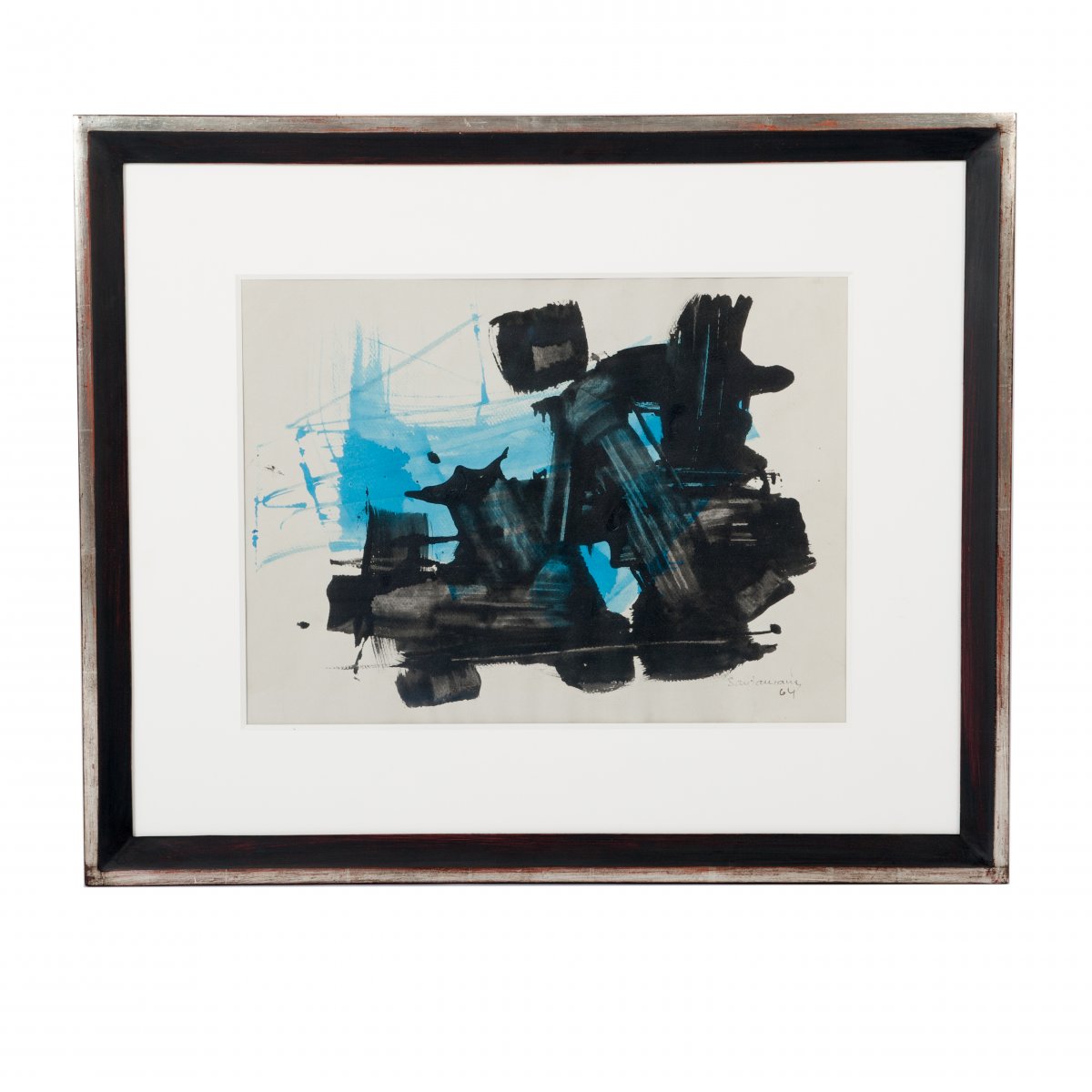
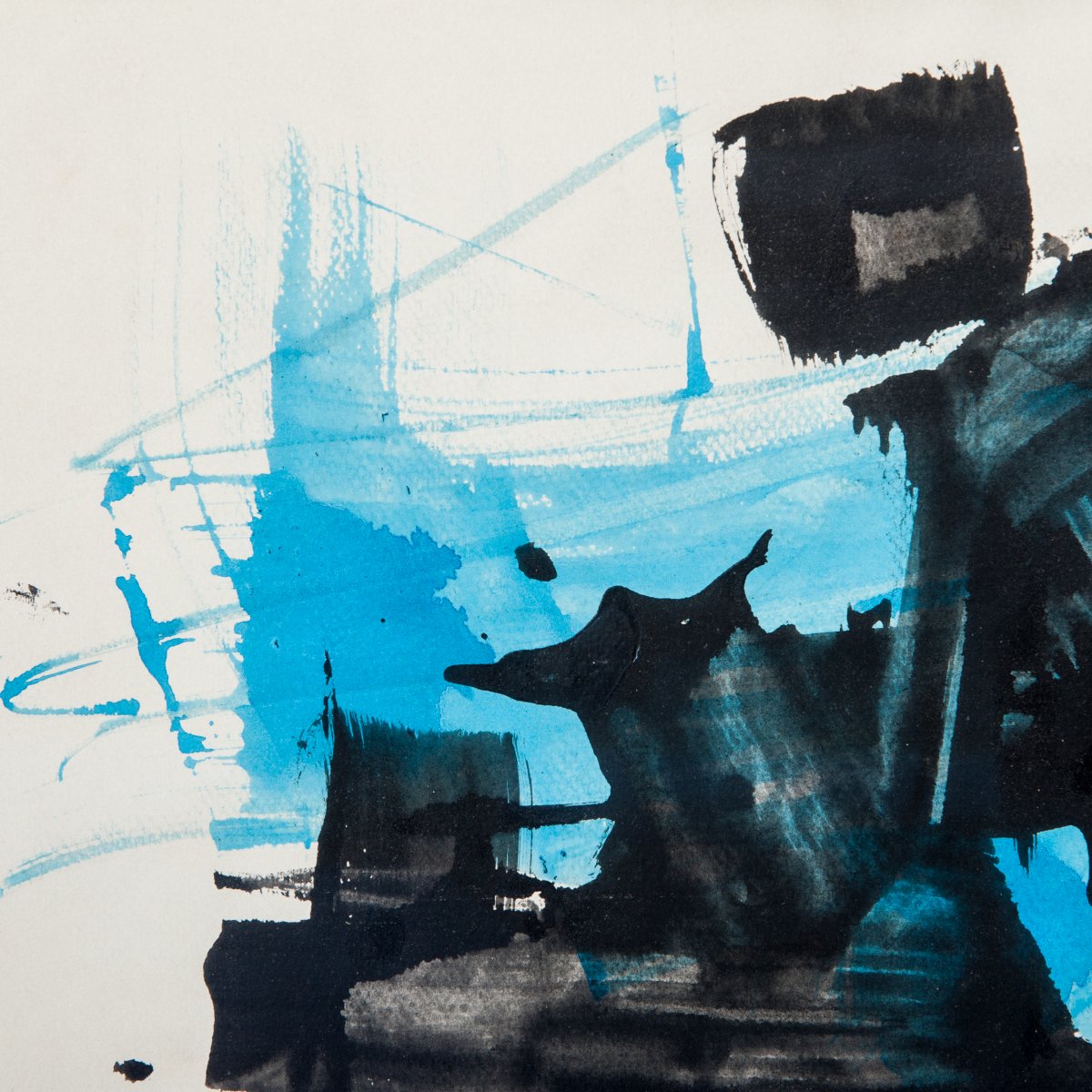











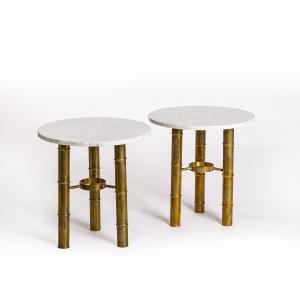
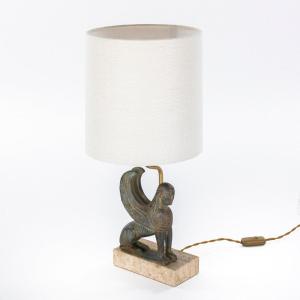

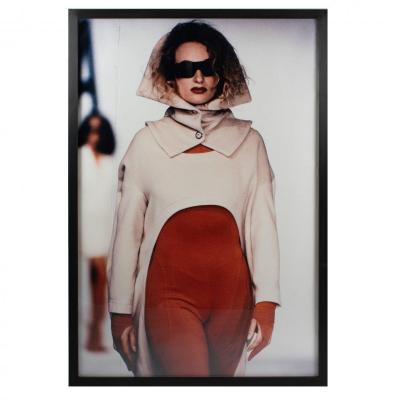


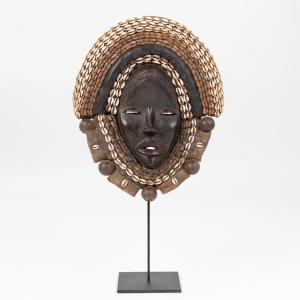
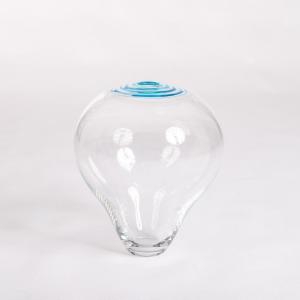
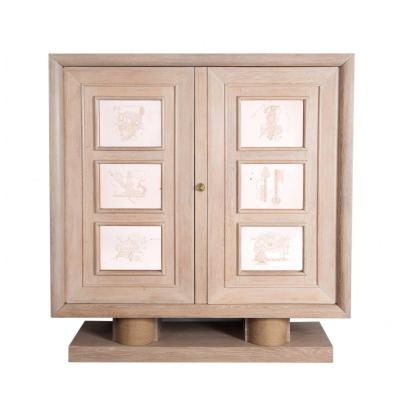


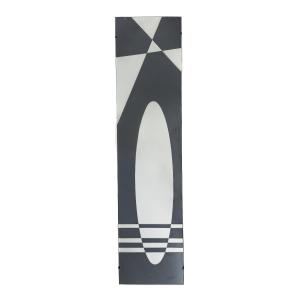

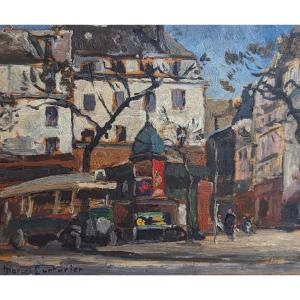


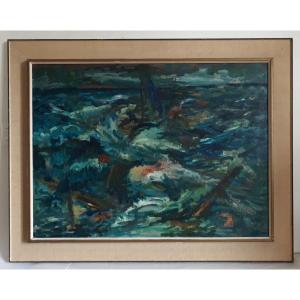
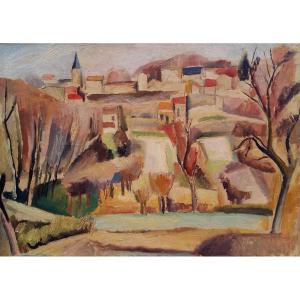



 Le Magazine de PROANTIC
Le Magazine de PROANTIC TRÉSORS Magazine
TRÉSORS Magazine Rivista Artiquariato
Rivista Artiquariato